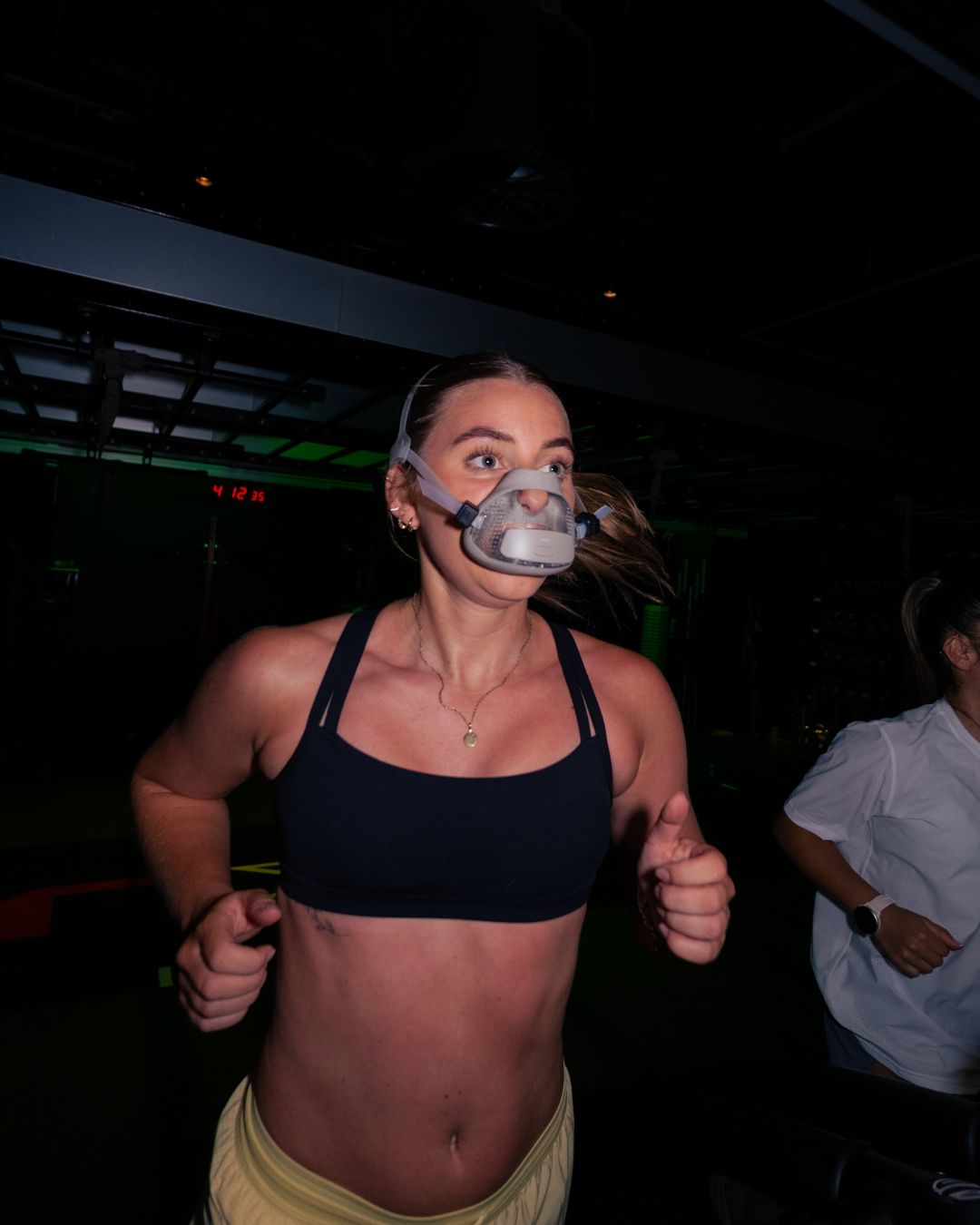How Puresport Created Its Gel – and Why Female Physiology Was at the Heart of It
“There were zero studies on female runners. None. So, we decided to collect the data ourselves.”

“There were zero studies on female runners. None. So, we decided to collect the data ourselves.”
When we first started designing the Puresport Energy Gel, we thought we were simply making a better fuel source for runners. One that digested well, tasted great, and actually worked when you were deep into a long run. But the deeper we went, the more we realised something much bigger was missing from the picture: female physiology.
Yep, despite the explosion in running culture, community events, and the growth of women’s participation in endurance sports, there wasn’t a single published study measuring exogenous carbohydrate oxidation (the body’s ability to burn carbs from food or gels during exercise) in female runners. None. Zero.
For the Puresport team, that didn’t sit right. So, we did something about it.
We began where most product development starts: with research. We reviewed every study we could find on carbohydrate use during exercise; how much fuel athletes can absorb, how it’s oxidised, and how it affects performance.
Here’s the kicker: while there were a handful of studies on running, not a single one included female participants. The only research that even touched on women came from cycling, and even then, it was minimal.
That was a wake-up call. How could we claim to make a gel for runners when the science didn’t even represent half of them?
So, instead of just borrowing data from cyclists or assuming that female fuelling needs were identical to male ones, we decided to test it ourselves.
We partnered with six of our Puresport ambassadors, real runners, and measured their exogenous carbohydrate oxidation rates while running with our prototype gels. These women represented the people who actually use our products: some were triathletes, some recreational runners, some chasing PBs, others simply running for the joy and community.
What we found was fascinating.
On average, the female runners were oxidising around 48 g of carbohydrate per hour, while the male runners averaged 51 g per hour. A small difference, but one that actually matters when you’re trying to fuel efficiently.
If you assume that about 80% of the carbohydrate you take in is used as energy (a realistic efficiency figure for endurance exercise), that 48 g/hour maps almost perfectly to an intake of 60 g of carbs per hour.
And that’s where our recommendation came from:
“Take 30 g of carbohydrate every 30 minutes if you’re running for longer than an hour.”
Not because it’s trendy. Not because it’s what cycling research said. But because we measured it ourselves, in runners, including female athletes, to make sure our gel worked for everyone who picks it up.
That’s what sets the Puresport Gel apart. We didn’t just blend maltodextrin and fructose and call it a day. We wanted to create a fuelling strategy that was genuinely inclusive; grounded in evidence, tested on diverse athletes, and built for the realities of real-world running, not just lab conditions.
By taking the time to measure how our community actually uses fuel, we’ve been able to create a product that supports both male and female runners equally well. For the first time, we could say with confidence that our fuelling advice, 30 g every 30 minutes, isn’t just a best guess, but backed by real metabolic data from real runners.
Running gels shouldn’t just be about sugars; they should be about science, inclusion, and performance.
By running our own tests, we learned that female athletes can oxidise almost the same amount of carbohydrate as male athletes, but with subtle differences that matter when you’re trying to sustain pace, prevent GI distress, or finish strong.
We also learned something else: doing the work matters. It’s easy to rely on decades-old data, but the best products come from asking new questions and challenging assumptions.
The Puresport Gel is the first to be informed by real carbohydrate oxidation data from female runners, not just extrapolated from men or cyclists.
Science is only as strong as the people it represents. If we want performance nutrition to serve everyone, it’s time to stop guessing and start measuring.
I'm incredibly proud that we didn't just rely on what was out there. As a scientist, it’s frustrating to see such massive gaps in research, and at Puresport, we decided to close one of those gaps. We went and did the work ourselves. Taking the time to go away and find out the unanswered questions is really what’s going to separate how effectively the Puresport Gel works versus any other gel on the market.
We measured it to confirm that we were going to help fuel the female athletes in our community to the absolute best of their ability. That’s the Puresport difference.
For the Long Run.
Dr Sam